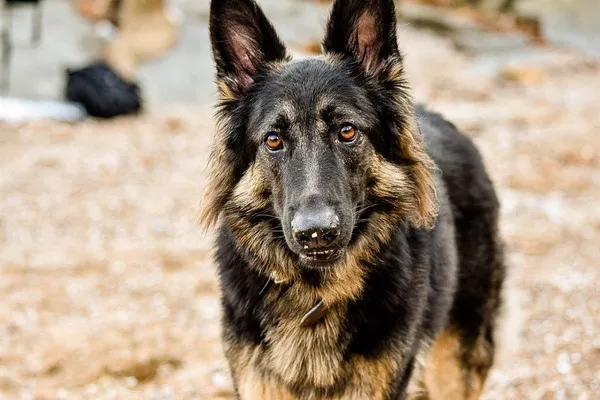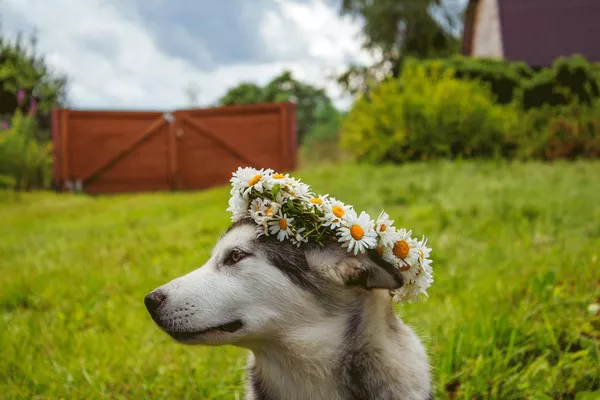The Alaskan Malamute is a large and powerful breed of dog that is known for its strength, endurance, and loyalty. These dogs were originally bred by the Inuit people of Alaska for their ability to pull heavy sleds across long distances, and they have since become a popular breed among dog lovers around the world. In this article, we will explore how big the Alaskan Malamute can get and the factors that can influence their size.
The Alaskan Malamute is a large breed of dog that can grow to be between 23 and 25 inches tall at the shoulder. They typically weigh between 75 and 100 pounds, although some dogs may be larger or smaller depending on a variety of factors. In general, male Alaskan Malamutes tend to be larger and heavier than females.
One of the factors that can influence the size of an Alaskan Malamute is their genetics. Like all dogs, the size of an Alaskan Malamute is determined by their genes, and some dogs may be predisposed to growing larger or smaller than others. Breeders can help ensure that their dogs grow to be a healthy size by selecting breeding pairs that are within the breed standard and free of genetic health problems.
Another factor that can influence the size of an Alaskan Malamute is their diet and exercise. These dogs are active and require plenty of exercise to maintain their muscle mass and overall health. A healthy diet that is high in protein and free of fillers and additives can also help support the growth and development of an Alaskan Malamute.
It is also important to note that the size of an Alaskan Malamute can vary depending on their sex and age. Female Alaskan Malamutes tend to be smaller and lighter than males, and younger dogs may be smaller than fully-grown adults. In general, most Alaskan Malamutes reach their full size and weight by the time they are two years old.
It is also important to consider the potential health risks associated with owning a large breed of dog like the Alaskan Malamute. These dogs are prone to hip dysplasia, a condition that can cause pain and difficulty walking as they age. They may also be at higher risk for certain other health problems, such as bloat and eye disorders, so it is important to work with a veterinarian to monitor your pet‘s health and address any potential problems as early as possible.
In conclusion, the Alaskan Malamute is a large and powerful breed of dog that can grow to be between 23 and 25 inches tall at the shoulder and weigh between 75 and 100 pounds. While genetics can play a role in their size, factors like diet, exercise, and age can also influence their growth and development. By providing your Alaskan Malamute with a healthy diet, plenty of exercise, and regular veterinary care, you can help ensure that they grow to be a healthy and happy member of your family.


























